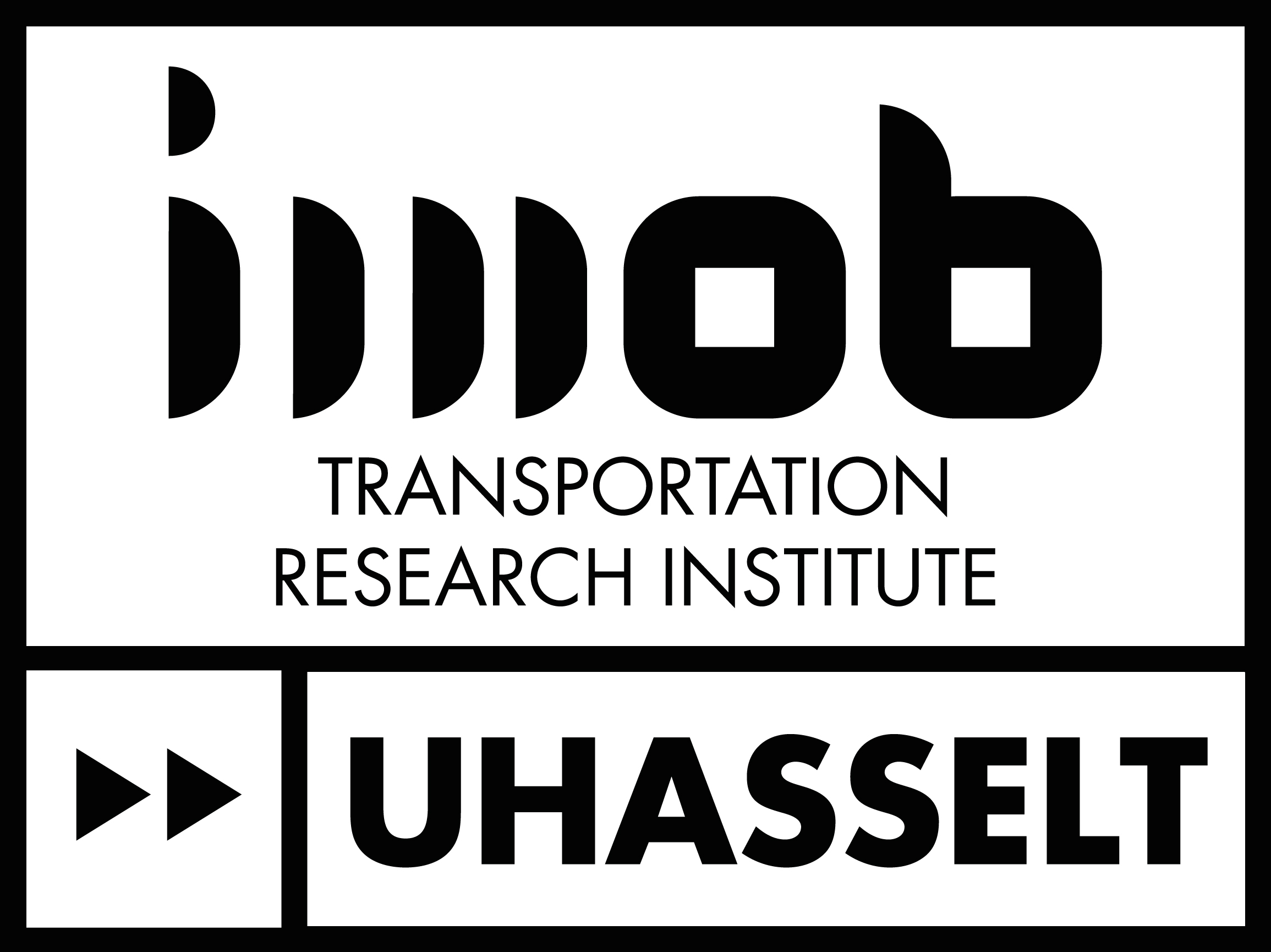Phd about creating an intelligent drone network to improve life in Smart Cities
Hana Gharrad's doctoral thesis is entitled “Multi-Dimensional Internet of Drones Framework for City Application”. Her research presents a new way for drones to work together as a team and explores how drones can follow rules and interact properly with real-world transport vehicles.


This doctoral thesis presents a new way for drones to work together as a team. The system allows each drone to make its own decisions while also cooperating with others to achieve shared goals. It helps the drones stay aware of what the group is doing by managing what they "believe" about the situation. The thesis also explores how drones can follow rules and interact properly with real-world transport vehicles, making them more adaptable and better at following laws and safety standards.
This research introduces a five-step approach to design a system where drones can work both independently and as a team. The system helps drones decide when to act on their own and when to cooperate with others. It also deals with challenges like unexpected changes, new rules, and making sure missions are completed efficiently.
In the first step, the overall teamwork system for drones is designed, and a planning method is tested to show how well it works. The second step introduces a method called ASBAF, which stands for Assessment, Setup, Bidding, Agreement, and Feedback. This method is inspired by how nature solves problems and helps drones decide who should do what job by weighing the costs and benefits, making task sharing more efficient. The third step helps drones stay aware of what’s happening around them, even when things are unclear or constantly changing. It uses a system to manage and combine what each drone "believes" is true, choosing the best way to do this using a decision-making method called HAP (Hierarchical Analysis Process). In the fourth step, the system becomes more flexible by adding a set of rules that can change while the drones are working. These rules are managed by a technology that allows drones to adjust their behaviour based on what’s happening in the environment. The last step tests the whole system using a search and rescue scenario. A simulation tool was created where you can change things like the number of drones or where charging stations are placed. The tool also includes a simple model to measure how well the drones monitor an area.
Overall, the approach combines artificial intelligence, teamwork between multiple drones, and smart planning methods to help drones work better together in changing and unpredictable situations.
Want to know more about the PhD research of Hana Gharrad?
On Tuesday, May 6, 2025, at 2:30 p.m. Ms. Hana Gharrad will defend her PhD thesis at Hasselt University. Her defence is open to the public and will take place in auditorium Louis Roppe, Campus Hasselt. It is also possible to attend this defence online.

Who is Hana Gharrad?
Miss Hana Gharrad is 36 years old and lives in Tunisia. She is passionate about reading, swimming and gardening. Hana has a sociable mind, with a checklist.
Hana Gharrad started her academic education at Higher Institute of Computer and Mathematics, Monastir, Tunisia. She received her bachelor's degree in computer science in 2011. In 2014, she received her Engineering Diploma in Applied Sciences and Technology (Computer Science: Software Engineering) from the Higher Institute of Applied Science and Technology of Sousse, Tunisia. In 2024, she received her master’s degree in Statistics and Data Science at Data Science Institute, UHasselt.
In 2016, she joined the German University of Technology in Oman (GUtech) as a junior intern and afterward as senior intern. She started her PhD in 2019 at the Transportation Research Institute (IMOB), Hasselt University in Belgium. Her doctoral thesis focuses on drone’s collaboration for smart cities applications. She is a member of the Transportation Behavior research group. She contributed to research projects like Search and Rescue (Horizon Europe 2020) and RAISE. Her research interest includes Data Science, Data Analysis, Artificial Intelligence (AI) Multi-Agent Systems, Self-Organization and Drone Collaboration, Intelligent Transportation Systems, IoT and Smart Cities.
